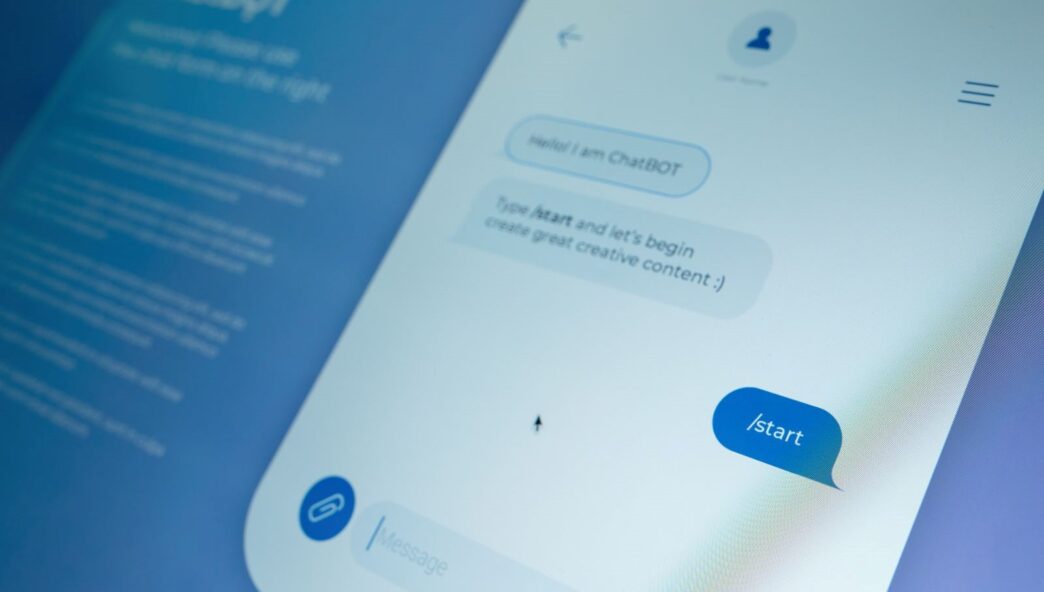ELIZA, the chat bot that laid the foundations of artificial intelligence, was revived after 60 years with the discovery of its original codes. Unlike modern artificial intelligence, ELIZA, which was designed with a focus on “listening”, continues to inspire the world of science.
ELIZA, the legendary chat bot of the 1960s, has been revived after a hiatus of 60 years. Developed by Joseph Weizenbaum of the Massachusetts Institute of Technology (MIT) and considered one of the cornerstones of the history of artificial intelligence, ELIZA was recoded through the work of Stanford University and MIT researchers. ELIZA was named after the Eliza Doolittle character in George Bernard Shaw’s famous play Pygmalion. Despite its simple structure, it could only engage in limited conversations with users. The “therapist” mode in particular allowed users to explore their emotional expressions more deeply. For example, when a user said, “All men are the same,” ELIZA asked, “In what way?” to continue the conversation.
LOST CODES FOUND
Weizenbaum’s original ELIZA code, written in a programming language that is no longer used, was thought to be lost for a long time. However, in 2021, Jeff Shrager from Stanford University and MIT archivist Myles Crowley managed to find the entire code in Weizenbaum’s personal archives. Shrager and his team reorganized the code and brought ELIZA back to life. Shrager describes this project as “a unique opportunity to understand how early artificial intelligence took shape.” “Having the code of computer scientists is like having a record of their thought processes,” Shrager said, emphasizing ELIZA’s importance in the history of artificial intelligence. MODERN AND OLD MEET
The restored ELIZA was designed to be faithful to the original version. The researchers chose not to fix a bug in the original code that caused the program to crash due to a numbering error. Shrager explained this decision by saying, “It’s like trying to fix a brushstroke on the Mona Lisa.” The new ELIZA gives almost the same answers as its old code, but unlike modern AI tools, it focuses on deeply exploring users’ expressions. Shrager describes ELIZA’s most important feature as “listening.” While today’s chatbots struggle to complete sentences, ELIZA allowed users to carry on a conversation.
The study, which has not been peer-reviewed, was published on the arXiv platform. Reviving ELIZA could revive interest in older technologies that are less flawed and less objective than today’s AI systems. The path Weizenbaum paved for human-computer interaction 60 years ago helps us better understand where AI is today. ELIZA continues to inspire modern chatbots with its listening-focused structure.













